(CLO) An ancient oceanic plate beneath Iraq is slowly breaking apart, pulling the Earth's surface down and reshaping the landscape, suggesting continued geological change in the region.
An ancient oceanic plate beneath modern-day Iraq is slowly splitting horizontally, according to new research. The giant underwater tear, which stretches from southeastern Türkiye to northwestern Iran, is affecting the movement of the Earth’s surface, gradually reshaping the region’s landscape.
Over millions of years, as the Arabian and Eurasian continental plates drifted toward each other, the ancient seabed caught between them—called the Neotethys oceanic plate—was slowly pushed deeper into the Earth. When the two plates finally collided, their edges rose and bent, forming the Zagros Mountains.
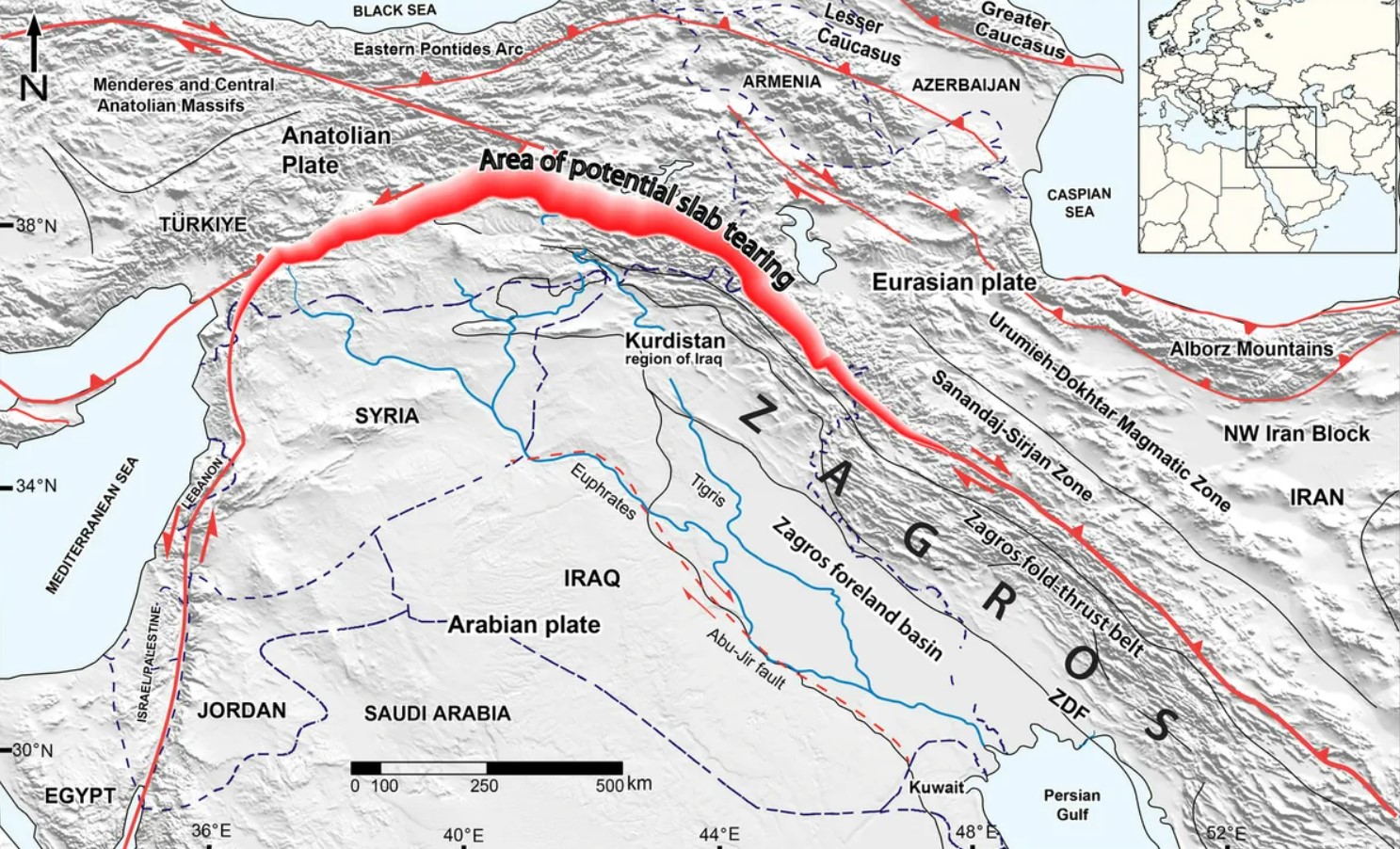
Map of the northern Middle East showing the Arabian and Eurasian plates and their collision zones, as well as the study area – Iraqi Kurdistan. (Image: Solid Earth)
But the process is far from over. The Zagros Mountains in Iraqi Kurdistan have continued to change over the past 20 million years, researchers say. The weight of the mountains causes the Earth’s surface to bend, creating depressions that accumulate sediment, as is typical of Mesopotamia. But they found that in the southeast, a depression 3-4 kilometers deep contains more sediment than expected.
The finding suggests that, in addition to the mass of the Zagros Mountains, the subducting oceanic plate is also pulling the Earth's surface down. "Although the topography in the northwestern Zagros region is not very high, the amount of sediment accumulated is unusually high. This suggests that the depression is larger than could be attributed to the weight of the mountains alone," said Dr. Renas Koshnaw, lead author of the study and postdoctoral researcher at the University of Göttingen.
Koshnaw further explained that, on the Turkish side, the sedimentary basin became shallower, possibly because the underlying slab had broken up, reducing the downward pull.
Scientists believe that the oceanic Neotethys plate is continuing to sink into the Earth's mantle — the thick layer of rock that lies between the crust and the core. The research helps to better understand how processes inside the Earth affect the surface topography.
“It takes a long time, but nothing on Earth is permanent,” Dr. Koshnaw said. One of the most dramatic geological changes happening right now is the East African Rift System (EARS), one of the world’s largest rift zones. In the next 5-10 million years, part of East Africa could break away from the continent, forming a new ocean between the fragmented land masses.
Ha Trang (according to IFL Science)
Source: https://www.congluan.vn/mot-day-bien-co-dai-duoi-trung-dong-dang-dan-tach-khoi-cac-mang-luc-dia-post332596.html



![[Photo] General Secretary To Lam begins official visit to Russia and attends the 80th Anniversary of Victory over Fascism](https://vphoto.vietnam.vn/thumb/1200x675/vietnam/resource/IMAGE/2025/5/8/5d2566d7f67d4a1e9b88bc677831ec9d)
![[Photo] National Assembly Chairman Tran Thanh Man chairs the meeting of the Subcommittee on Documents of the First National Assembly Party Congress](https://vphoto.vietnam.vn/thumb/1200x675/vietnam/resource/IMAGE/2025/5/8/72b19a73d94a4affab411fd8c87f4f8d)

![[Photo] Prime Minister Pham Minh Chinh meets with the Policy Advisory Council on Private Economic Development](https://vphoto.vietnam.vn/thumb/1200x675/vietnam/resource/IMAGE/2025/5/8/387da60b85cc489ab2aed8442fc3b14a)
![[Photo] President Luong Cuong presents the decision to appoint Deputy Head of the Office of the President](https://vphoto.vietnam.vn/thumb/1200x675/vietnam/resource/IMAGE/2025/5/8/501f8ee192f3476ab9f7579c57b423ad)
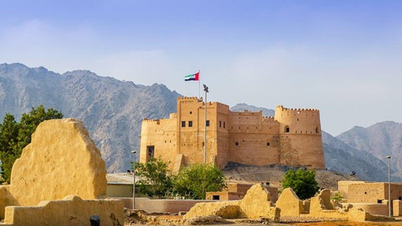




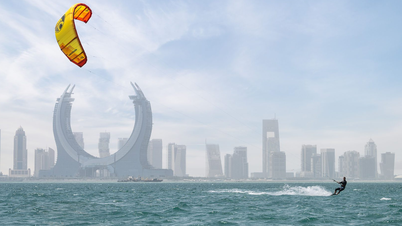












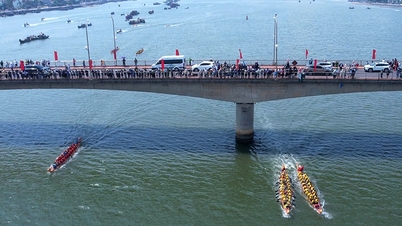





















































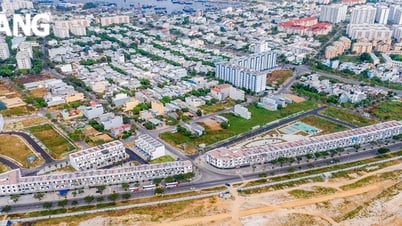

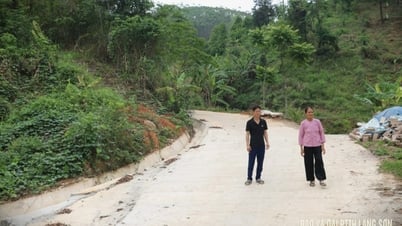




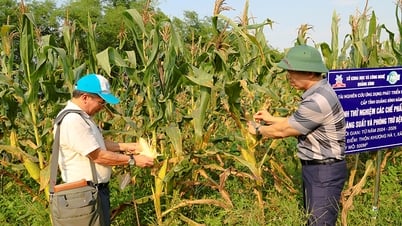













Comment (0)